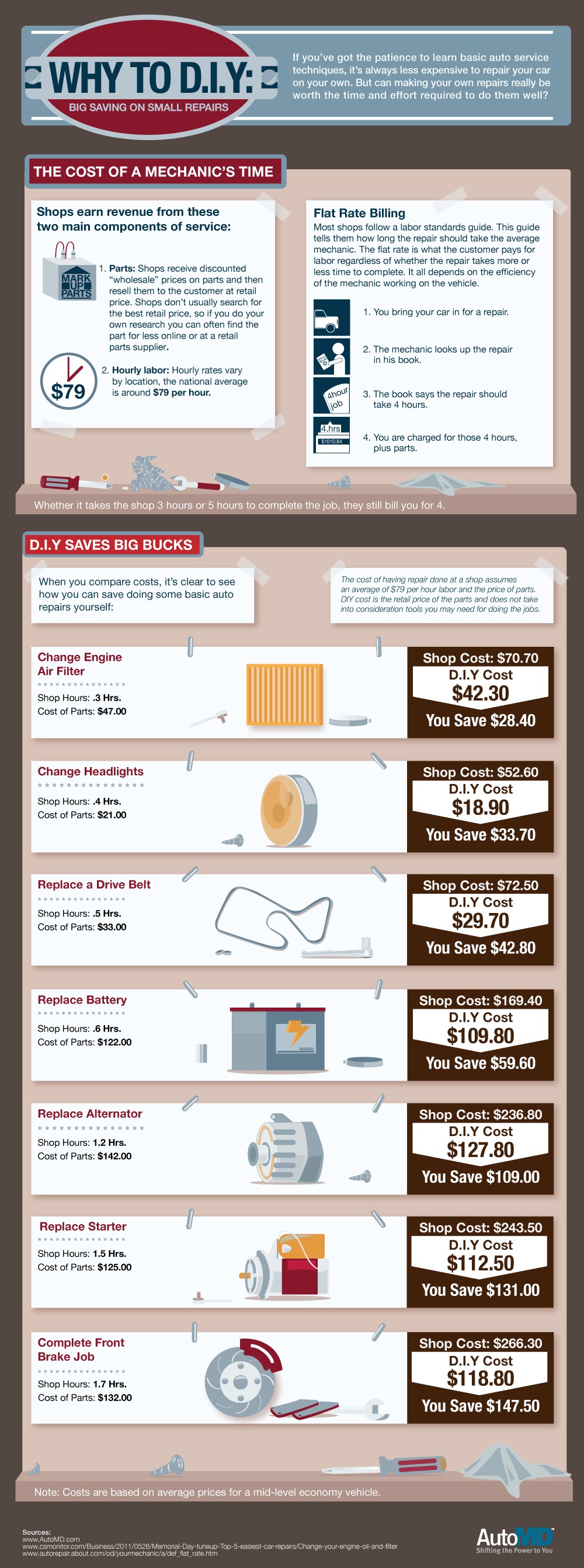Recognizing Your Cars And Truck'S Warning Lights: What Do They Actually Mean?
Recognizing Your Cars And Truck'S Warning Lights: What Do They Actually Mean?
Blog Article
Content By-Hartley Gilbert
When you lag the wheel, those radiant caution lights on your dashboard can be a little bit puzzling. Do you understand what they're trying to inform you regarding your cars and truck's wellness? Recognizing the value of these lights is crucial for your safety and the longevity of your car. So, the next time among those lights turns up, would not you wish to understand its message accurately and take the necessary actions to address it?
Common Warning Lighting and Interpretations
Determine typical warning lights in your vehicle and comprehend their definitions to guarantee risk-free driving.
One of the most normal warning lights include the check engine light, which signals issues with the engine or discharges system. If this light begins, it's critical to have your car inspected quickly.
The oil stress alerting light shows reduced oil pressure, calling for immediate interest to prevent engine damage.
https://airliftperformancekits83727.worldblogged.com/38072831/evaluate-your-lorry-s-needs-to-find-the-best-auto-detailing-service-for-you-however-which-variables-will-genuinely-affect-your-decision flashing battery light may recommend a defective charging system, potentially leaving you stranded if not attended to.
The tire stress surveillance system (TPMS) light signals you to low tire stress, impacting lorry stability and gas efficiency. Ignoring this can cause harmful driving conditions.
The abdominal light suggests an issue with the anti-lock stopping system, endangering your capacity to stop quickly in emergency situations.
Finally, the coolant temperature advising light warns of engine getting too hot, which can result in serious damages if not dealt with promptly.
Understanding where to get my car cleaned inside will aid you attend to issues quickly and maintain safe driving conditions.
Relevance of Prompt Interest
Comprehending the typical warning lights in your car is only the first step; the significance of immediately attending to these warnings can not be highlighted sufficient to guarantee your security on the road.
When a caution light illuminates on your control panel, it's your auto's way of connecting a potential issue that requires interest. Overlooking these cautions can lead to extra extreme problems in the future, endangering your safety and security and possibly costing you much more out of commission.
Motivate attention to warning lights can protect against break downs and accidents. As an example, a flashing check engine light might indicate a misfire that, if left neglected, could cause damage to the catalytic converter. Resolving this promptly can conserve you from an expensive repair work.
In a similar way, a brake system cautioning light may indicate low brake fluid or used brake pads, essential parts for your safety and security when driving.
DIY Troubleshooting Tips
If you notice a caution light on your control panel, there are a couple of DIY fixing ideas you can attempt prior to looking for professional aid.
The first step is to consult your car's handbook to comprehend what the details warning light indicates. Sometimes the problem can be as simple as a loose gas cap triggering the check engine light. Tightening up the gas cap may deal with the trouble.
One more usual problem is a low battery, which can set off various cautioning lights. Inspecting the battery links for rust and ensuring they're protected might fix the trouble.
If a caution light continues, you can try resetting it by disconnecting the cars and truck's battery for a few mins and then reconnecting it. Additionally, checking your car's liquid degrees, such as oil, coolant, and brake liquid, can aid fix alerting lights connected to these systems.
Verdict
Finally, recognizing your automobile's warning lights is crucial for maintaining your vehicle running efficiently and safely. By without delay addressing these notifies and recognizing what they indicate, you can stay clear of expensive repair work and possible breakdowns.
Remember to consult your auto's handbook for particular details on each cautioning light and do something about it as necessary to make sure a hassle-free driving experience.
Remain notified, stay safe when traveling!
